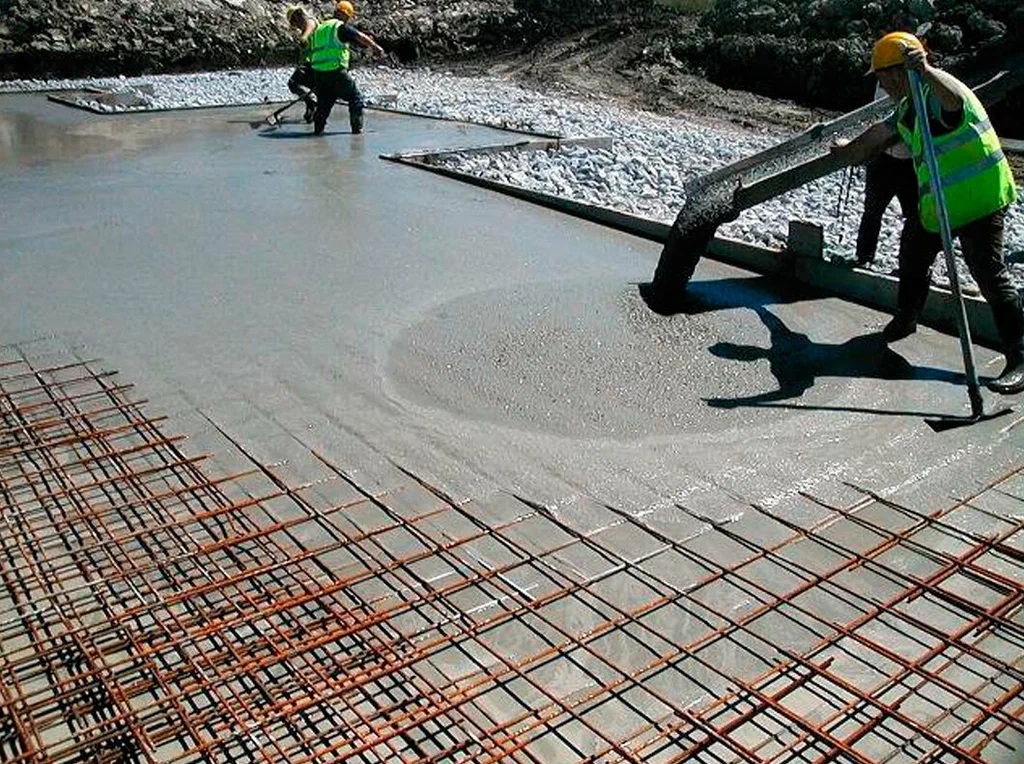What Are the Common Causes of Uneven Surfaces That Require Concrete Leveling in Brisbane?
Irregular concrete surfaces pose a serious concern for residential as well as business premises. Time takes its toll on concrete slabs, wearing them down through numerous factors leading to uneven and misaligned concrete slabs with resultant safety threats and structural anomalies. It makes sense to explore the reasons that lead to such irregular surfaces early in order to adopt corrective steps in time. Following are the key reasons as to why Brisbane concrete surfaces develop irregularities.
1. Movement and Erosion of the Soil
Stability of concrete surfaces greatly relies on the surface below. Shifting soil as a result of natural erosion, water flow, or excavation operations in Brisbane will make concrete slabs settle or become uneven. Soil wash away creates voids beneath the ground surface, thus causing instability with a subsequent call for concrete leveling.
2. Inadequate Soil Compaction During Installation
Prior to concrete pouring, the ground should be compacted to a stable level. In the event of insufficient or improper compaction, the ground will settle unevenly with time. This leads to sinking or tilting concrete slabs that need to be leveled by professionals to salvage their functionality and appearance.
3. Tree Roots and Vegetation Growth
Excess water can significantly impact the stability of concrete surfaces. Poor drainage systems, heavy rainfall, or plumbing leaks can cause water to seep beneath the concrete, softening the soil and leading to sinking slabs. Brisbane’s subtropical climate makes it crucial for property owners to manage water runoff effectively to prevent surface irregularities.
5. Heavy Loads and Traffic Pressure
Concrete floors in heavily trafficked locations or subject to heavy loads, like industrial floors and driveways, sustain considerable wear and tear over time. High pressure can lead to cracking, shifting, or settling of slabs, which produces an uneven look and possible tripping risks. Regular upkeep and early leveling can go far in preventing these problems.
6. Freeze-Thaw Cycles (Temperature Fluctuations)
While Brisbane's winters are not severe, temperature changes are still able to impact concrete surfaces. Weather change causes expansion and contraction that forms minor cracks which, over time, become more severe, creating an uneven surface. Sealing cracks early may be able to prevent subsequent damage.
7. Aging and Natural Deterioration
Regardless of the quality of the installation, concrete cannot avoid aging. Through the passage of time, the effects of weather, traffic, and the environment cause a slow deterioration. When the concrete loses its strength, it becomes susceptible to settling and forming uneven surfaces that need leveling.
8. Subsurface Conditions and Underground Utility Work
Underground activities, like plumbing work, gas line runs, or electrification, can result in soil movement under concrete slabs. If the ground is disturbed and not adequately compacted once work has ceased, sinking or shifting can result, requiring concrete leveling.
Conclusion
Unlevel concrete surfaces can be caused by a number of factors, ranging from soil settlement to water damage, tree root growth, and faulty installation. Early detection of these problems will prevent expensive repairs and guarantee the longevity of your concrete structures. Periodic inspection and prompt concrete leveling will keep surfaces stable, safe, and aesthetically pleasing. In case you see any indication of unevenness, the sooner you address the issue, the better it will be for the integrity of your property.

.png)

Comments
Post a Comment